Paul Lynde: 12 Facts About the 'Bewitched' Star
The landscape of 1960s classic television is filled with actor Paul Lynde, who appeared on no less than 22 shows, including his appearances as "Uncle Arthur" on fantasy sitcom Bewitched and as the king of the zingers on the original Hollywood Squares.
He was born Paul Edward Lynde on June 13, 1926 in Mount Vernon, Ohio and had a rough childhood, largely to do with the fact that he was overweight, recognized that he was gay and was riddled with insecurities as a result. Yet none of that was enough to prevent him from pursuing a career in acting. To this end, he studied speech and drama at Northwestern University, where he was very involved in the school's various theatrical productions.
Moving to New York, he made his Broadway debut in New Faces of 1952. From there he co-starred in the Buddy Hackett 1956 sitcom Stanley alongside Carol Burnett (who was about a decade away from her own The Carol Burnett Show). In 1960 he was back on Broadway (starring opposite Dick Van Dyke) in the musical Bye Bye Birdie, and his career went on from there.
To learn much more about Paul Lynde, check out the 12 facts below.
1. His childhood was not a happy one
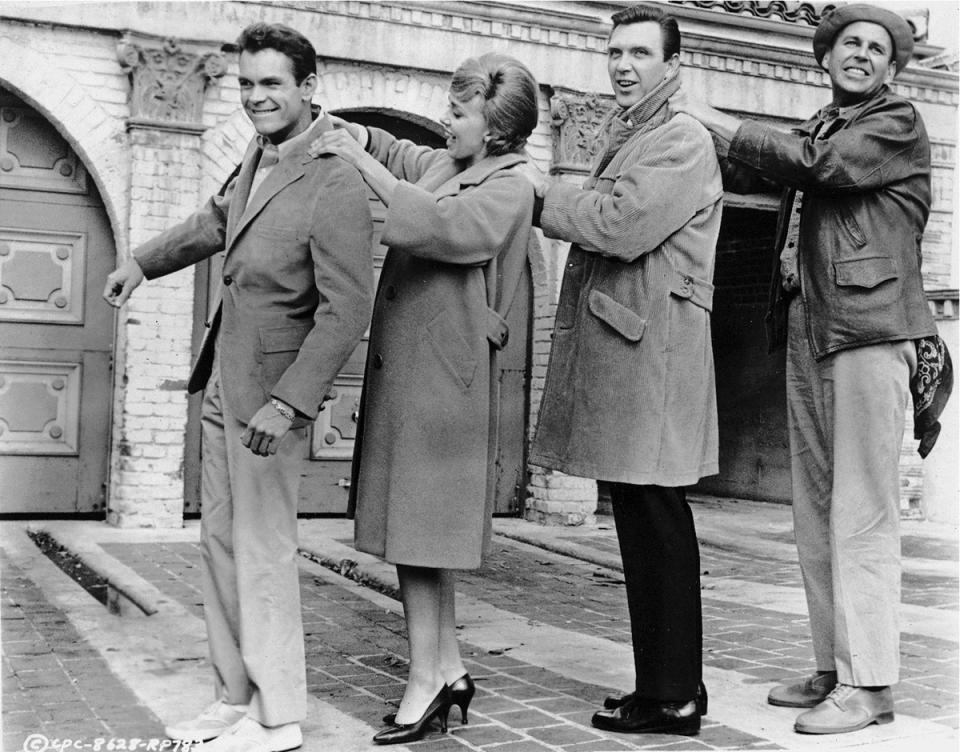
?Columbia Pictures/courtesy MovieStillsDB.com
Growing up, Paul Lynde was overweight and gay in a period when the latter was not an accepted lifestyle. Michael Airington, who has created and starred in the one-man Las Vegas-based The Paul Lynde Show as the actor, notes that he had the tragic upbringing that so many performers had: "His parents didn't accept him as a comedian or wanting to be on television or in movies. When I started the show, I didn't realize that he struggled so hard with loneliness and his gayness. He was in love with one guy, who broke his heart because Paul would go off on tantrums. But that was his only serious relationship."
Add Cathy Rudolph, author of Paul Lynde: A Biography, "When we would talk, he always said his baby brother was the baby of the family, his other brother was the athlete, the other one was the brains and he was the 'nothing.' That feeling probably explained him more than anything. Then, as he got older, he was still unable to find the love of his life, and still not getting the Academy Award or whatever he needed to feel good. I’m guessing, but it would seem to be a lot of things at work."
2. From Broadway and Bye Bye Birdie to television
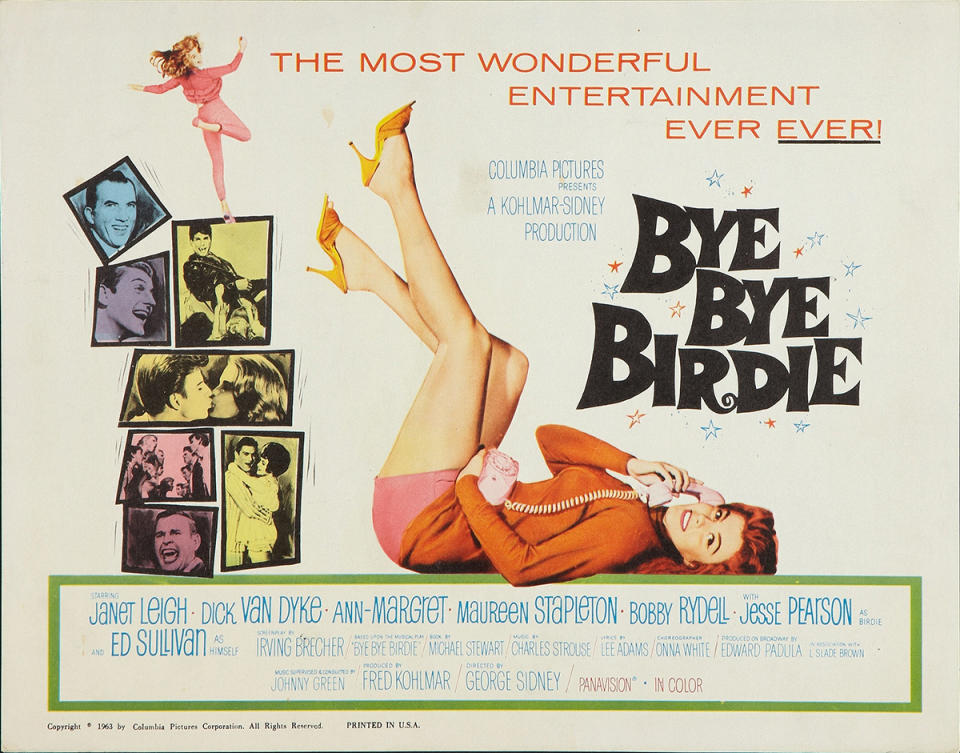
?Columbia Pictures/courtesy MovieStillsDB.com
In 1960, Paul Lynde made it to Broadway as Harry MacAfee alongside Dick Van Dyke in the musical Bye Bye Birdie, reprising the role three years later in the film version. Then, in the 1960s, he really made a name for himself in television by guest starring on a wide variety of series.
3. His personal life nearly derailed his career
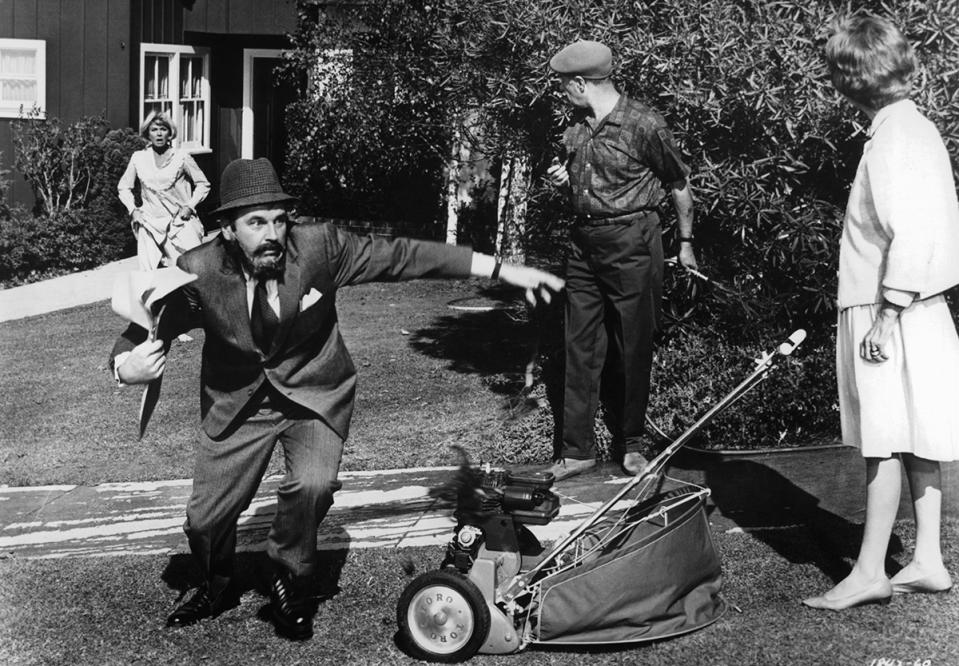
Metro-Goldwyn-Mayer/Getty Images
So popular was Paul Lynde getting, that writer/producer William Asher (creator of Bewitched) produced a pilot for the actor in 1966 titled Sedgewick Hawk-Styles: Prince of Danger. ABC approved this Victorian detective spoof to go to series, but Lynde's private life resulted in the cancelation of the project.
Pop culture historian Geoffrey Mark explains, "ABC sent Paul out before the show was announced so people around the country would get used to him again. Unfortunately, Paul got drunk at a gay bar and picked up a muscle boy, who bragged that he could do a hundred chin-ups. There was nowhere in Paul’s suite for this guy to prove it, but once Paul said he couldn’t, the guy had to prove it. So he went out a window to do it on a fire escape, but he was drunk and he lost his grip and fell to his death. So Paul called Bill Asher and Bill Asher called ABC. It was ultimately ruled an accident, but there was not going to be a Paul Lynde sitcom."
(MUST-READ: The 1960s — Your Guide to 60 Classic (and Not So Classic) TV Sitcoms and Where to Stream Them)
4. He became Uncle Arthur
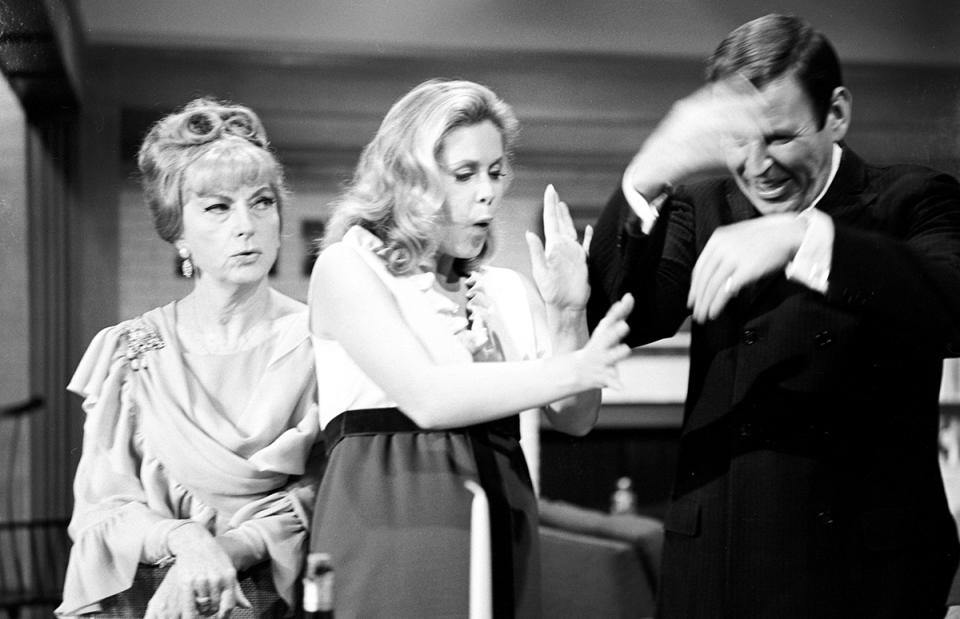
?Columbia Pictures Television/courtesy MovieStillsDB.com
One of the fondest memories about Elizabeth Montgomery's Bewitched was her magical relatives, among them Paul Lynde's prankster uncle, Arthur. Interestingly, there's a general perception out there that the actor was practically a series regular, but the truth is, he only appeared in 11 episodes — out of the 254 produced between 1964 and 1972.
"He used to say to me that he was only on the show 11 times, but that people must have seen a lot of reruns, because everybody called him 'Uncle Arthur' when he went out on the street," says Rudolph. "The kids especially, and he loved it."
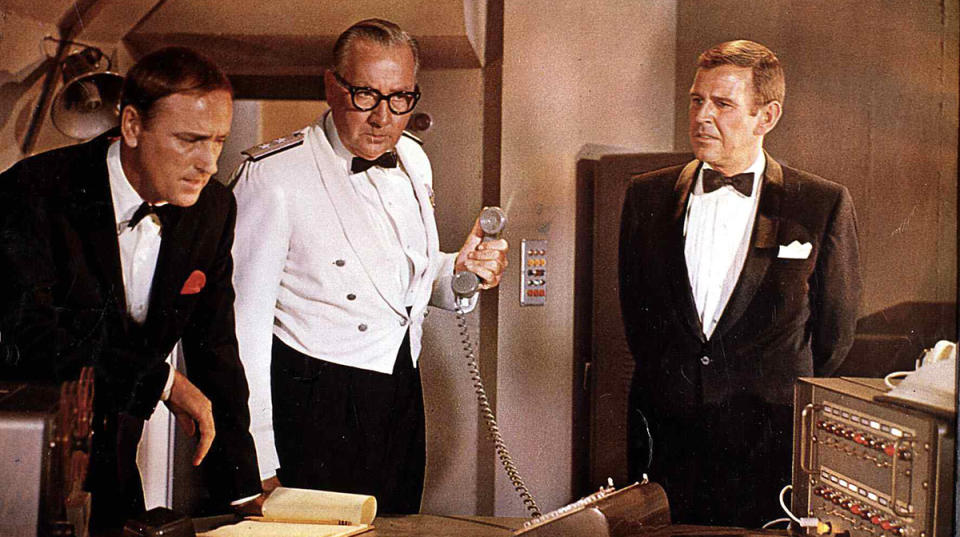
FilmPublicityArchive/United Archives via Getty Images
Herbie J Pilato, author of Twice Upon a Star: The Bewitched Life and Career of Elizabeth Montgomery and Bewitched Forever, suggests, "His comedic timing and delivery was like no other. Viewers have, for years, believed he made many more appearances than he actually made. That's a testament to his talent and his presence on screen."
(MUST-READ: Facts About Bewitched You Probably Didn't Know)
5. Paul Lynde enjoyed playing against Samantha, but hated Serena
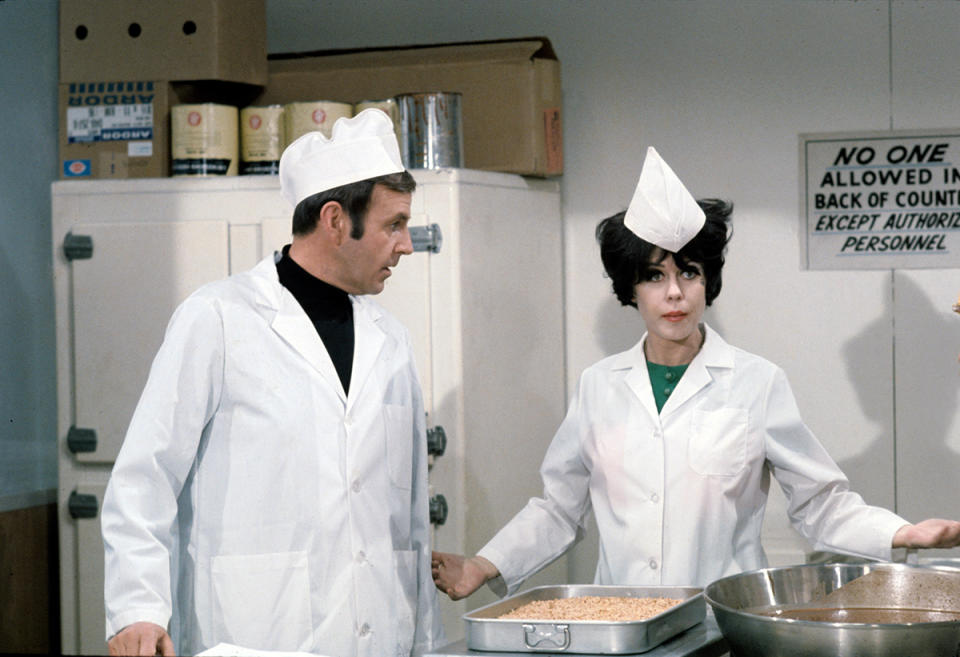
?Columbia Pictures Television/courtesy MovieStillsDB.com
There was a period on Bewitched where series star Elizabeth Montgomery portrayed not only Samantha Stephens, but her wild and wacky sister Serena as well. As things turned out, as much as Paul Lynde enjoyed performing with Samantha, he genuinely disliked Serena — just another example of his insecurities.
Laughs Rudolph, "He didn't like anybody to upstage him. He would say to me, 'There's nothing worse than being on stage with kids or a dog or any animal, because they upstage you,' and he wanted to be the center of attention. The character of Serena was the same thing, because she started getting funnier lines than he did. She became her own character, which Elizabeth invented, because she didn't want to be the pretty housewife all the time. She wanted to be a little bit wild with wigs, short skirts and makeup. But as far as he was concerned, he was supposed to be the funny one and Serena was a pretty powerful character, which made him insecure."
As Montgomery told Pilato, "His attitude was very different when I played her as opposed to when I played Samantha."
6. He was a frustrated movie star
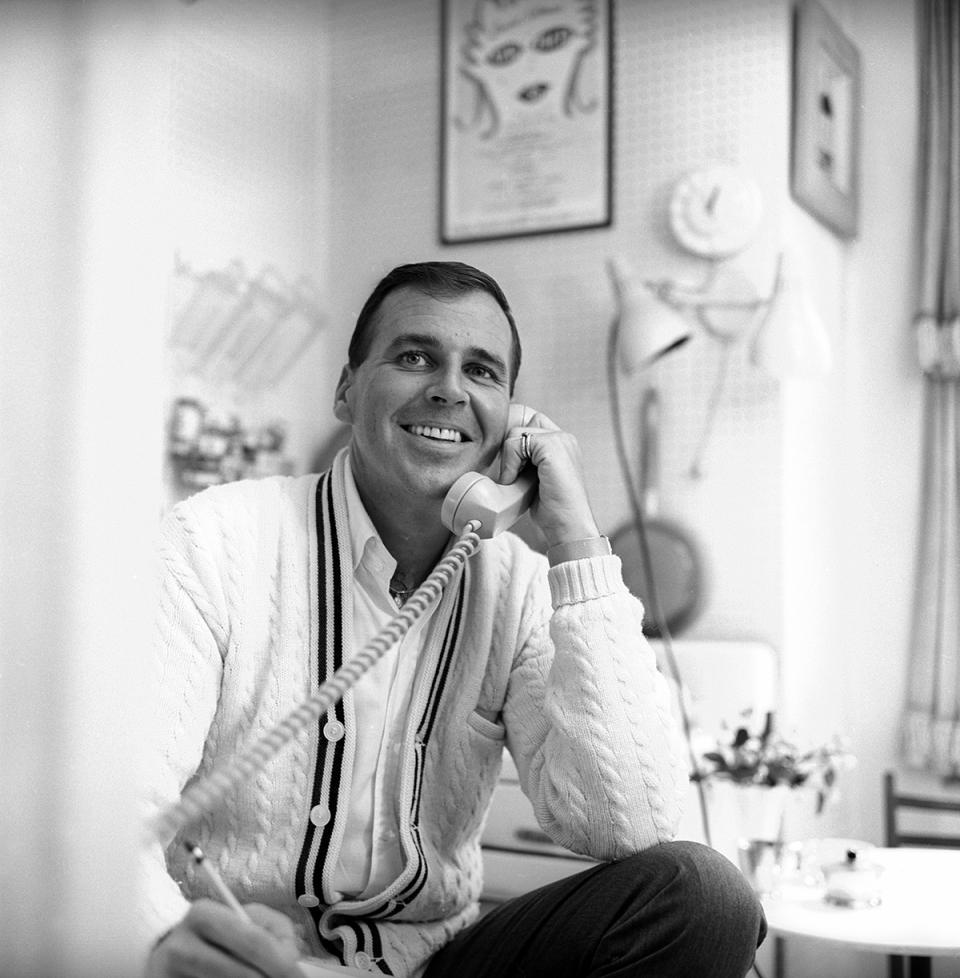
Michael Levin/Corbis via Getty Images
Back at the time he was rising to fame, there was a pretty clear line in the sand between movie actors and TV actors. In the mind of executives, it was a distinction in quality, for Paul Lynde's, he would have preferred movie stardom for one particular reason.
Explains Rudolph, "Being a movie star was his dream; it's why he bought a house that Errol Flynn once owned. He would say to me, 'I'm on these small little TVs. People think they know you because they watch you ever day; you're in their homes. I'm on seven times a week with Hollywood Squares and shows like I Dream of Jeannie and Bewitched. Everybody thinks they know you and they'll approach you. If it's a big movie star, they would never approach you.'"
(MUST-READ: 10 Magical Behind-the-Scenes Facts About I Dream of Jeannie)
7. At the same time, he needed the attention
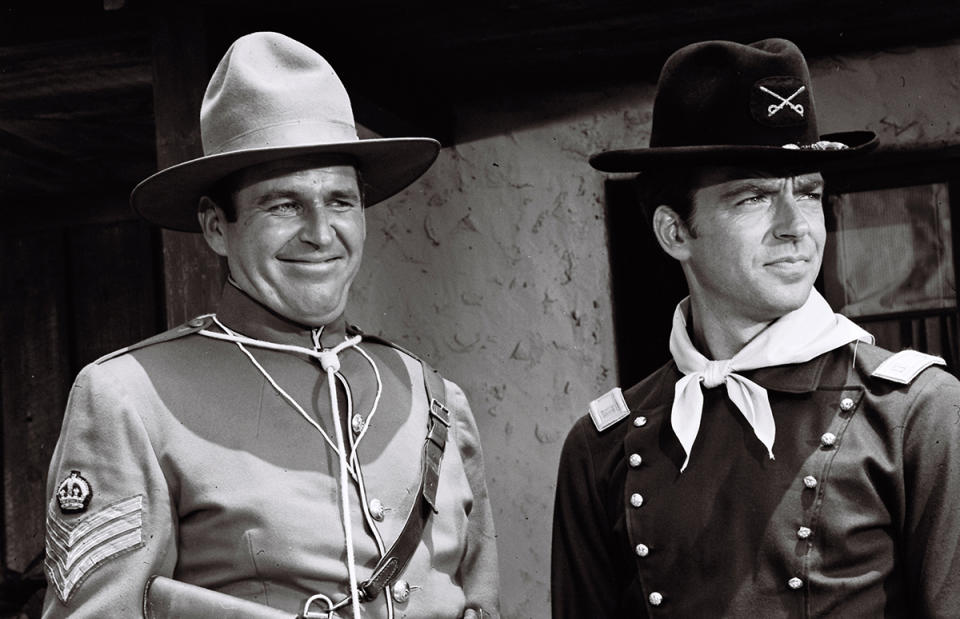
WBDiscovery/courtesy MovieStillsDB.com
The dichotomy at play here was that Paul Lynde actually craved — some might say desired — the attention from his fans. "If you wanted his autograph," says Rudolph, "there was nothing more gratifying to him than to stop and hear somebody say something that made him feel good. He said, 'What's more wonderful than hearing 100 people telling you over and over again how great you are?' In reality, he needed that. The fact that people loved him was the part of his life that filled the loneliness he felt."
8. Paul Lynde become the 'center square'
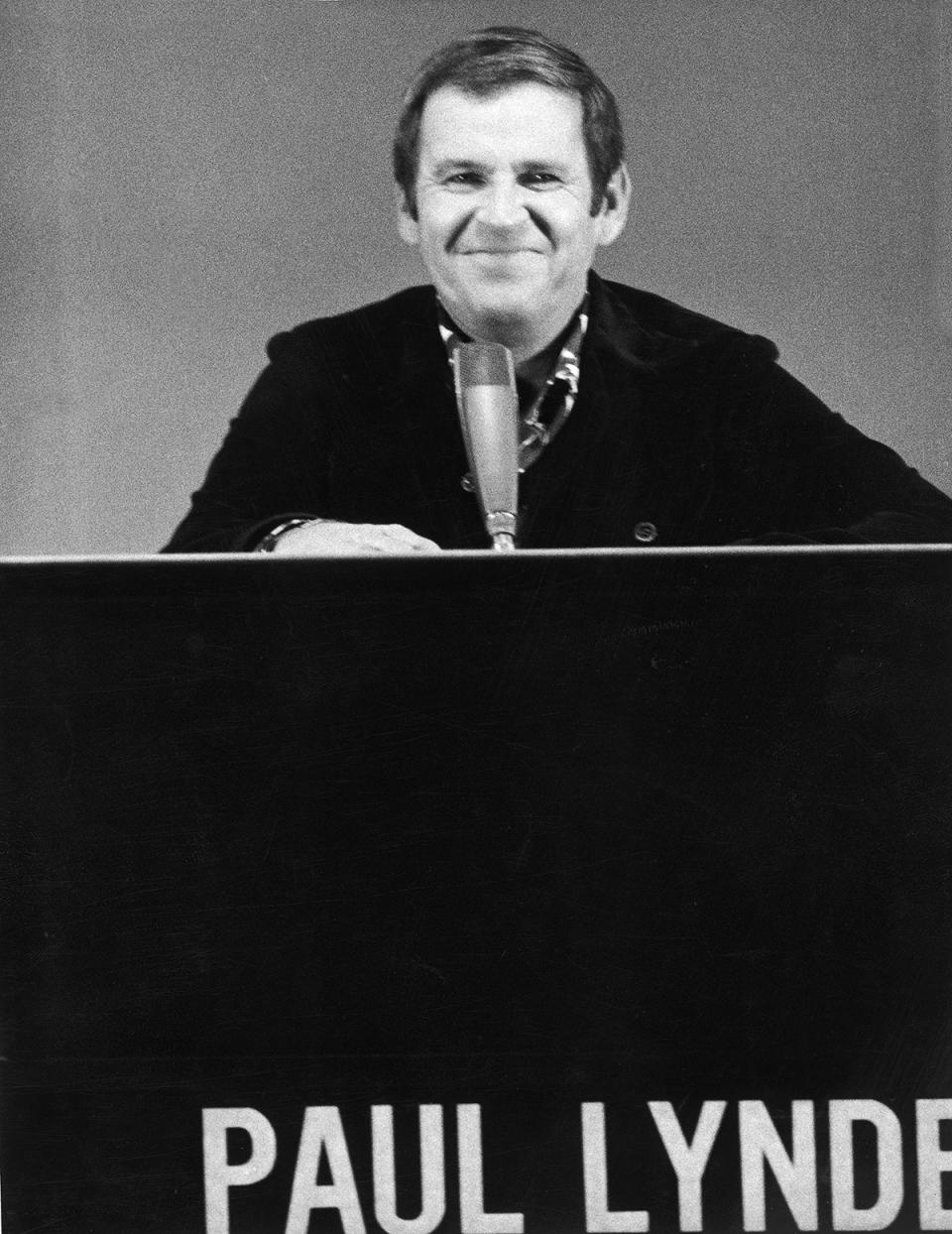
Hulton Archive/Getty Images
Next to Bewitched, Paul Lynde is probably best known as as the so-called "center square" of the television game show Hollywood Squares. It was a 13-year job that truly elevated his status as a TV star and made him very wealthy.
Series host Peter Marshall, during an interview with the Archive of American Television, explained, "A writer on the show, Bill Armstrong, became producer and he said, ‘Let’s write jokes for Paul Lynde.’ And that changed everything. I can remember the first joke ever written for him was, ‘Paul, why do motorcyclists wear leather?’ ‘Because chiffon wrinkles.’ It was wonderful. He was a guest, but he was made a regular and we put him in the center square.”
9. His Hollywood Squares Secrets Revealed
The set-up on The Hollywood Squares was that Peter Marshall had his own desk while there were nine cubicles before him on three levels, each cube filled with a celebrity. The questions he was pulling to ask them on contestants' behalf were not random, but actually written for a specific celebrity.
"The stars," says pop culture historian Geoffrey Mark, "were told ahead of time, not what the question was, but what the topic might be, so that those of them who were really funny could think of a joke, those who were witty could have something witty to say or at least not be taken by surprise. So they were never told or given answers, except for Paul. How they worked it with Paul, because everybody loved him so much, is his questions were numbered. Then, in Paul’s cubicle, he had numbered pieces of paper, which couldn’t be seen because of how the set was made.
"If the question was, ‘Why do motorcyclists wear leather?,’ he had a choice. If he thought of something humorous, he would just say it. If he didn’t immediately think of something humorous, he’d look down at the paper. And you could see him doing it; he looked down and often laughed, because it was the first time he was reading them. As a result, he would be laughing with the audience, and half the time it was his own sense of humor and half the time he had something just in case.”
10. Paul Lynde finally got his own series ... but it didn't work
Thanks to his success on The Hollywood Squares, Paul Lynde was in demand on television, if not the big screen. He voiced the Hooded Claw on the Saturday morning cartoon The Perils of Penelope Pitstop and Templeton the rat in the animated feature Charlotte's Web (1972). Also in 1972, he starred in The Paul Lynde Show as uptight attorney Paul Simms, who is a married father constantly butting heads with his liberal-minded son-in-law. It just didn't connect with the audience. After that he became a regular on Donny & Marie.
Actress Karen Valentine, who won an Emmy for her work on Room 222 and costarred with Lynde in the TV movie Gidget Grows Up, muses, "To cast him as a traditional father didn't work. In Bye By Birdie he was a father, but he was disgruntled about the way things were going, so that worked. But that's a one-shot. On a series, I don't think they ever tapped into the magic of what he could do or the funniness he brought to the table. It was trying to fit him in a box where he didn't fit."
Charlotte Rae (Mrs. Garrett on The Facts of Life) shared with the Archive of American Television, "I felt so sad for him. The writing on that show was all wrong. We all know how funny Paul was, but they made him happily married with two kids and it was wrong. It just didn't work."
Neither did his joining the cast of hospital sitcom Temperature's Rising — retitled The New Temperature's Rising — the following year.
(MUST-READ: Gidget TV Show Cast — What Happened to the Stars of the 1960s Classic Comedy?)
11. Alcohol poisoned Paul Lynde's life

FilmPublicityArchive/United Archives via Getty Images
Drinking was a major problem throughout his life. Rudolph point out, "Many of his friends, including Kaye Ballard, who I spoke to for my book, and Charlotte Rae, hung out with him for many years, but when Paul drank too much, he could be vicious and cruel and, as a result, he lost a lot of his friends. Part of that came from the fact that he was jealous of a lot of people who were getting better parts. I also think being gay and having to hide it frustrated him. He was very lonely and continually pushed people away, though I don’t think he realized that or he couldn’t understand it."
Opines Mark, "He was one of those Jekyll/Hyde alcoholics, who is a lovely human being when he wasn’t drinking and a complete bitch when he was. He was also very sensitive about his body, constantly gaining and losing and gaining and losing and gaining and losing weight. And he was sensitive about being gay and his social life. A lot of Paul’s dates were ‘professional’ people. They were people paid for it, because at least he knew he’d get what he wanted and they’d go home. He had no obligation beyond that.
"But he was a mass of neurosis and insecurities," he adds, "and it is amazing that he was able to find the courage to be a performer and to get past his mental illness issues to do so much work and do it well. At the same time, I don't know anybody who disliked Paul Lynde, but they disliked the person he became when he drank. But I've never heard a bad word about him when he was sober."
“Everyone talks about his dark side, which he definitely had,” points out Karen Valentine. “And he did have his demons. In fact, he threw me out of his house one night after dinner and threw his hat after me. He was just ranting about something. I kept the hat and I later said, ‘You are never getting this hat back.’ The next day, nothing was wrong. So he could be volatile, but I just adored him.”
Emphasizes Airington, "There was another side of him that was probably one of the most generous, kind and giving people you could know, but the alcohol turned him into a monster. It finally hit the point where he and Dick Van Dyke went to AA together."
12. Paul Lynde was seeking a new direction in life
Towards the end of his life, Paul Lynde relocated to Maine to find some answers for himself and map out what he wanted to do next. At the same time, he attempted to get healthier by cutting out drinking and cigarettes, losing weight and living, as Rudolph terms it, "a more holistic lifestyle."
Sadly, it was too late. He died from a massive heart attack on January 11, 1982 at the age of 55. And although he's been gone for a little over 40 years, the humor he brought audiences continues to live on. "We remember him on shows like The Hollywood Squares and Bewitched," says Mark. "He fit those shows like a glove, and when you have that kind of a perfect storm, it lasts. If you have someone that iconic, that's special. That's one of a kind, and that's not a bad epitaph."
Read much-more about our Classic TV coverage
